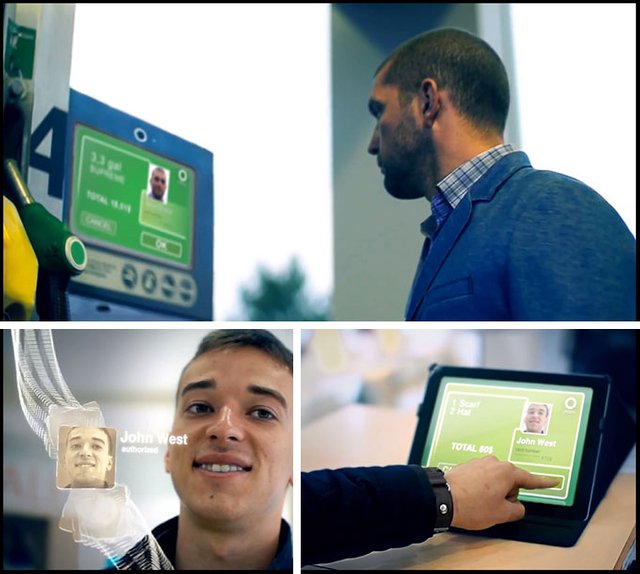Paying with Your Face
Paying with Your Face
Face-detecting systems in China now authorize payments, provide access to facilities, and track down criminals. Will other countries follow?

Shortly after walking through the door at Face++, a Chinese startup valued at roughly a billion dollars, I see my face, unshaven and looking a bit jet-lagged, flash up on a large screen near the entrance.
Having been added to a database, my face now provides automatic access to the building. It can also be used to monitor my movements through each room inside. As I tour the offices of Face++ (pronounced “face plus plus”), located in a suburb of Beijing, I see it appear on several more screens, automatically captured from countless angles by the company’s software. On one screen a video shows the software tracking 83 different points on my face simultaneously. It’s a little creepy, but undeniably impressive.

Over the past few years, computers have become incredibly good at recognizing faces, and the technology is expanding quickly in China in the interest of both surveillance and convenience. Face recognition might transform everything from policing to the way people interact every day with banks, stores, and transportation services.
The technology figures to take off in China first because of the country’s attitudes toward surveillance and privacy. Unlike, say, the United States, China has a large centralized database of ID card photos. During my time at Face++, I saw how local governments are using its software to identify suspected criminals in video from surveillance cameras, which are omnipresent in the country. This is especially impressive—albeit somewhat dystopian—because the footage analyzed is far from perfect, and because mug shots or other images on file may be several years old.